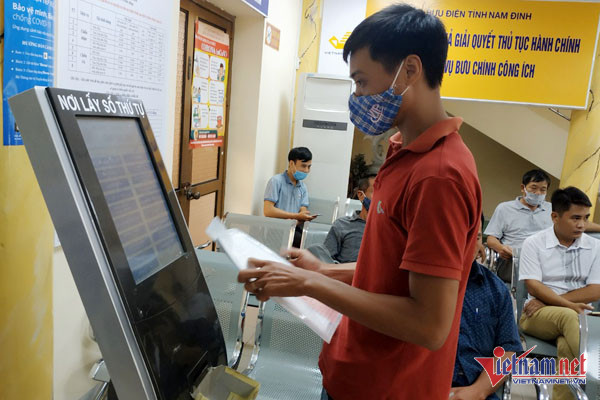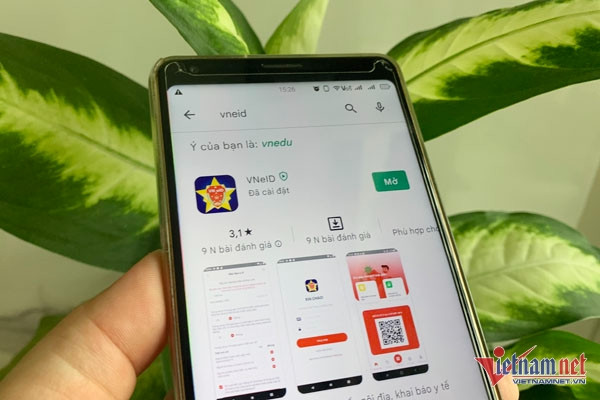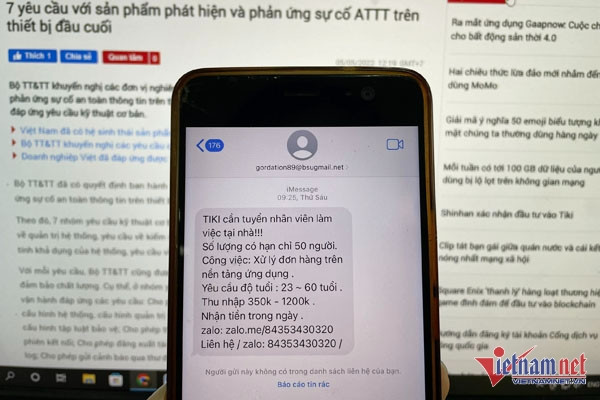Ministries and provinces have policies to encourage people to use online public services
Digital government must be people-centered, and people’s satisfaction is the effective measure of public services.
According to the Ministry of Information and Communications, with the efforts of ministries, branches and localities, over the past time, the provision of high-level online public services has been promoted, contributing to maintaining the service delivery process of the country. state agencies during the Covid-19 epidemic situation.
Up to now, most of the eligible public services have been provided online at level 4. Some state agencies have come up with solutions to enhance the efficiency of provision and use of public servicesTypically, priority is given to processing time or fees for implementation.

However, so far, the national average rate of online services has only reached 23.02%. Along with that, the average ratio of online applications to the total number of administrative procedures in the country is only 24.89%. These are two important indicators reflecting the effectiveness of the provision and use of public services.
On May 16, the Ministry of Information and Communications continued to send a written request to ministries, branches and localities to consider and direct the immediate implementation of a number of solutions to improve the efficiency of providing and using public services and develop the Government. e-Government towards Digital Government.
Specifically, ministries, branches and localities are asked to continue to review administrative procedures and ensure conditions to provide online level 4 with eligible administrative procedures.
Assign targets of the rate of information services arising online and the rate of documents processed online to each state agency of the ministry and province in 2022; towards achieving the goal of 80% of information services arising online, 50% of records processed online.
Ministries, branches and localities also need to issue policies to encourage people and businesses to use public services such as reducing the processing time of documents; reduce fees for performing online public services.
At the same time, research and pilot will only receive online applications for some types of online public services corresponding to a number of people using them, which are suitable and feasible in accessing and implementing service.
Effectively connecting and exploiting data from national databases, shared databases of ministries and provinces, and information systems with scale from central to local are ready to reduce Minimize paperwork for people and businesses, towards people, businesses only have to provide data once to state agencies when performing public services. First of all, connect, exploit and immediately use ready-made data services on the National Data Sharing and Integration Platform – NDXP.
In addition, the Ministry of Information and Communications asked ministries, branches and localities to comprehensively and thoroughly connect the Public Service Portal/Ministry-level and provincial-level electronic one-stop system with the supply level monitoring and measurement system. and use digital government services of the Ministry of Information and Communications to measure, evaluate, monitor and manage the provision and effective use of digital services by state agencies; thereby, improving the quality and efficiency of providing and using public services.
Notably, one of the solutions proposed by localities to focus on implementing to improve the efficiency of using and providing online public services is to deploy community digital technology groups under the guidance of the Ministry of Information and Communications. to propagate, guide and support people to implement digital transformation, including guiding and supporting people to use public services.
Community digital technology team is a force that mobilizes the strength of the entire people, is close to the people, kills the people and is the “extended arm” of the Steering Committee for digital transformation from provinces, districts to communes, wards, townships, groups and teams. The tasks of the members of these groups are to propagate, guide and support people to use digital technology, to bring digital technology into every corner of their lives; people can access technology in a simple, natural way, stemming from needs and creating practical value.
According to statistics, as of May 11, there were 14 provinces and cities nationwide organizing community digital technology groups to perform digital transformation tasks. These localities have established 9,388 community digital technology groups with 44,516 members participating. Lang Son and Hung Yen are two localities that have completed the deployment of community digital technology groups to 100% of the commune level.
Van Anh
at Blogtuan.info – Source: vietnamnet.vn – Read the original article here



